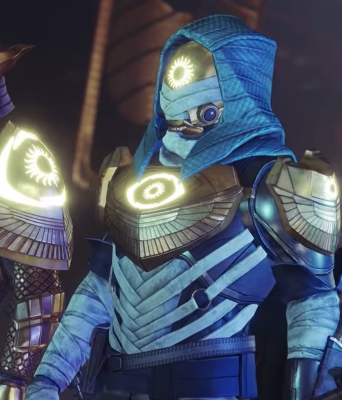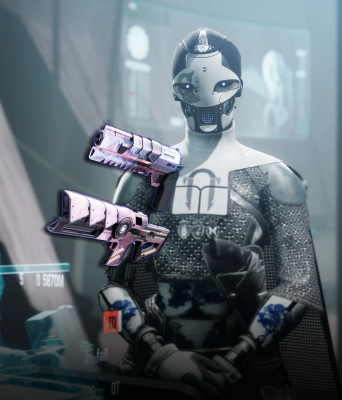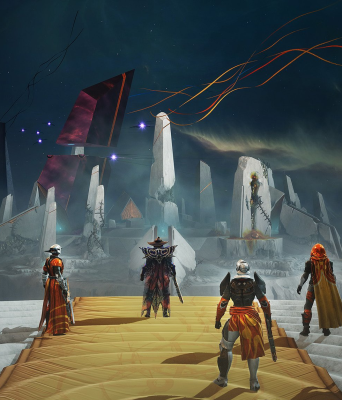Bungie's latest Destiny 2 expansion has hit a rough patch. The Edge of Fate launched with only 99,000 peak concurrent players on Steam, roughly one-third of what previous expansions managed to pull in. This marks a dramatic shift for a franchise that's consistently drawn 300,000+ players for major releases over the past few years.
The numbers tell a stark story. The Final Shape peaked at 314,000 players when it wrapped up the decade-long Light and Darkness saga. Even Lightfall, widely criticized as one of the series' weakest entries, still managed 316,000 concurrent players at launch. The Witch Queen hit 290,000, and Beyond Light reached 242,000 despite launch timing issues.
Edge of Fate's performance puts it closer to seasonal content than a proper expansion. Some previous season launches have actually outperformed it, with Witch Queen seasons hitting between 89,000 to 193,000 players. Steam represents just one platform (Destiny 2 has substantial console audiences too), but the trend suggests broader engagement problems across the board.
Players Split on New Content Quality
Community reaction has been decidedly mixed. The expansion's story elements are getting solid praise, particularly the new character Lodi. Players are calling his writing and voice acting some of the best Destiny has delivered recently. The narrative creates genuine mysteries that keep people guessing, marking a strong foundation for this new era of content.
But that's where the positives mostly end. Kepler, the expansion's main new area, is drawing harsh criticism from the community. Players are calling it one of the worst zones Destiny has ever produced: a jumbled mess of rocky terrain, recycled assets from deleted locations like Titan, Io, and the Tangled Shore, and repetitive tunnel systems that all blur together.
While these systems occasionally create interesting puzzles, most feedback suggests they feel gimmicky rather than fun. Many players think the Sparrow restriction exists purely to artificially stretch out travel time.
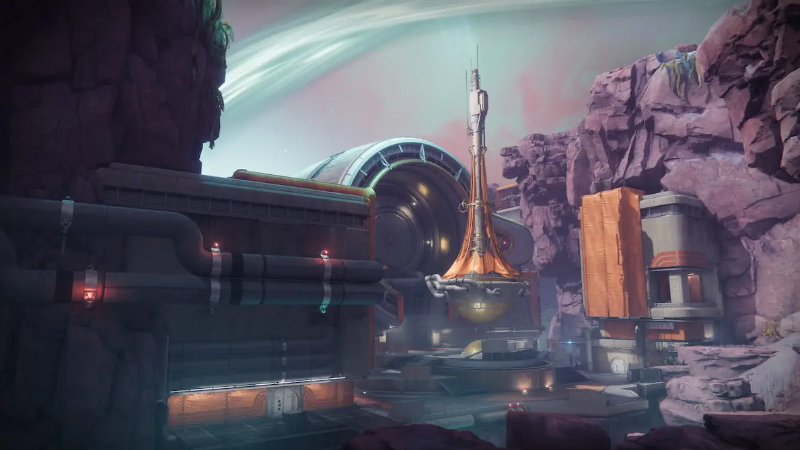
New Loot Systems Create Immediate Problems
Edge of Fate overhauls Destiny 2's gear progression with a new Tier 1-5 system. However, only a limited pool of new weapons works with seasonal bonuses and tier upgrades. Players can't get higher-tier versions of their favorite older weapons unless Bungie reissues them under the new system, continuing a frustrating pattern that's become standard for the game.
The Portal system divides content into Solo Ops, Fireteam Ops, and Pinnacle Ops. Solo content got restricted to Lost Sectors only. Fireteam activities require premade groups to access the full modifier customization system. Matchmade players get preset modifiers, which is basically the same playlist experience as before.
Pinnacle Ops doesn't include any dungeons or raids, which feels like a major oversight given these activities typically represent Destiny's most challenging cooperative content.
Armor 3.0 System Falls Short of Promises
The expansion's biggest technical problem involves Armor 3.0. Community testing reveals major gaps between what Bungie promised and what actually shipped. Players were told that high stat investment (70-100 points) would make abilities recharge faster than the old system, while low investment (0-30 points) would be slower.
That's not what happened. Grenade and melee abilities hit lower maximum effectiveness than previewed. Players need higher stat investment just to match the old baseline performance. The system affects different elements inconsistently: energy gain perks provide much less effectiveness at low stats, requiring around 87 stat points to match previous performance instead of the advertised 70.
Long-Term Player Frustrations Surface
Beyond technical issues, veteran players are expressing deeper concerns about Destiny 2's direction. Many feel the expansion lacks meaningful changes to core gameplay loops and doesn't include truly new enemy types. The game's complexity has grown to a point where new and returning players struggle to understand basic systems.
Steam reviews for the Edge of Fate expansion currently sit at around 49% positive, while recent reviews for Destiny 2 itself are at 56%. This reflects the community's mixed reception and suggests engagement challenges that extend across all platforms.
The expansion represents Bungie's shift toward more frequent, medium-sized releases instead of massive annual drops. Early reception suggests this approach might not align with player expectations, even accounting for reduced scope compared to previous major expansions.
Technical Problems Compound Design Issues
Implementation problems extend beyond Armor 3.0. Older content areas can't provide new gear, effectively removing them from relevant progression paths. This shrinks the total pool of meaningful content while concentrating all activity within the new expansion zones.
Exotic armor integration feels clunky within the new stat system. These unique pieces don't fit naturally into the revised structure, creating optimization headaches for players trying to build around some of the game's most distinctive equipment.
Multiple systems work differently than their official descriptions or preview demonstrations. Players are conducting their own testing to understand actual functionality rather than trusting documentation, which undermines confidence in future system updates.
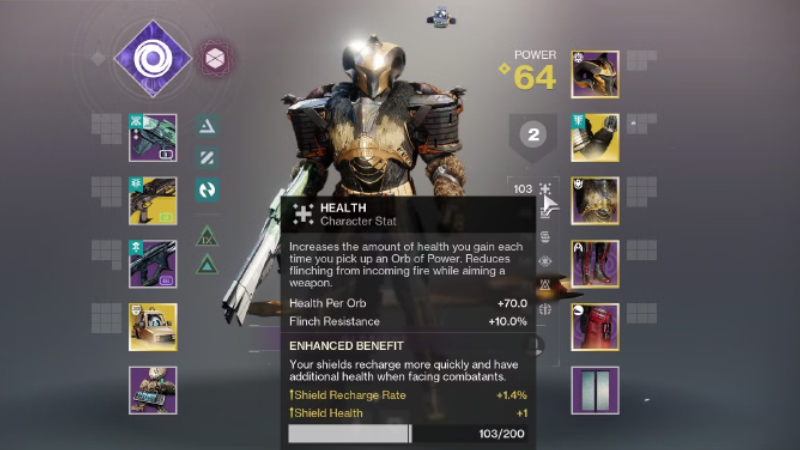
Market Competition and Franchise Concerns
Edge of Fate launched without the major new features that typically drive expansion excitement. Previous successful releases included transformative additions like new subclass types or entirely new enemy factions. This expansion's more iterative approach doesn't generate the same level of immediate impact.
The performance raises questions about Destiny 2's long-term viability as a live service game. Some community discussions center on whether Bungie should consider developing Destiny 3 instead of continuing to build on the current foundation.
Player expectations for expansion-level content may not match Bungie's adjusted scope for these medium-sized releases. The gap between developer intentions and community expectations could signal broader challenges for the franchise's content strategy moving forward.
Industry Impact and Future Outlook
Edge of Fate's reception highlights critical challenges in live service development. Technical discrepancies between promised and delivered features can severely impact player trust, even when creative elements like story and character development receive positive feedback.
The community's detailed analysis of system problems demonstrates both passionate player engagement and potential consequences when implementation falls short of expectations. How Bungie addresses these issues will likely influence both immediate retention and long-term confidence in future content.
For the broader gaming industry, this launch illustrates ongoing challenges in balancing innovation with established player expectations in mature franchises. The expansion's performance provides valuable data on how engagement patterns evolve as games age and how development teams navigate transitions between major narrative arcs.
The disconnect between system promises and reality also underscores the importance of accurate communication in live service games, where player investment in complex progression systems requires trust in developer statements about functionality and improvements.


